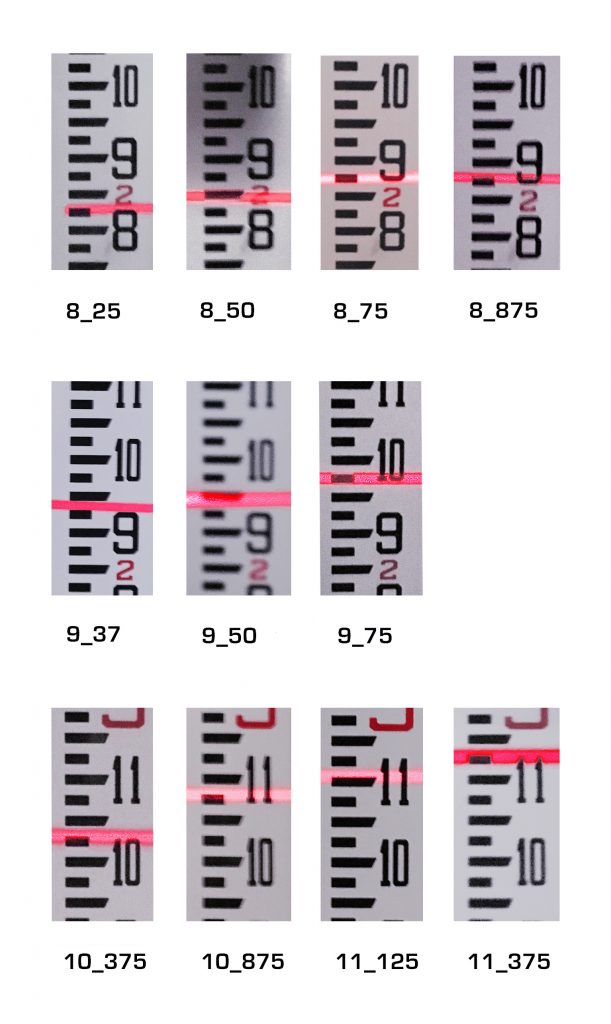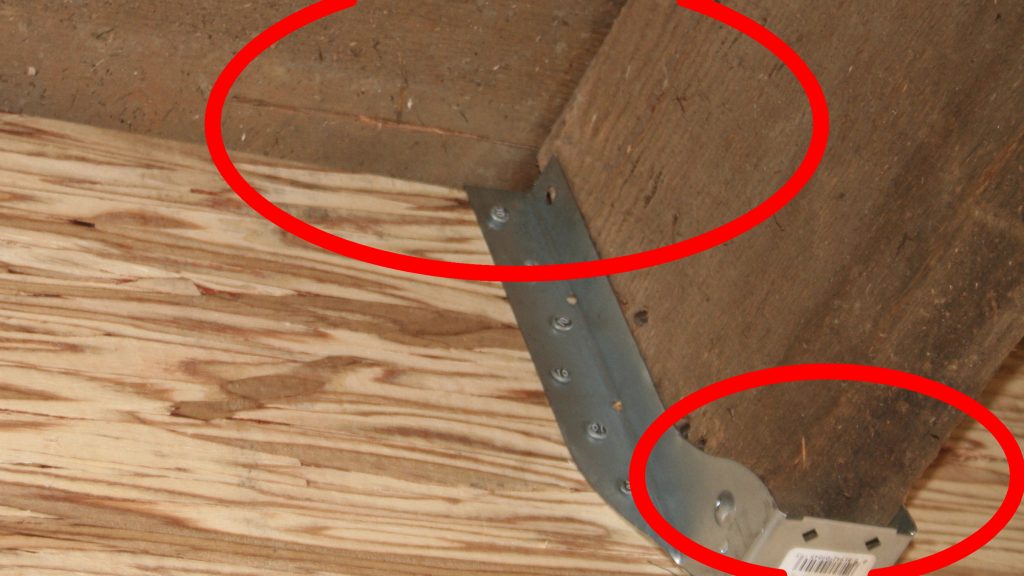How +250K in the Hands of Small Government Can be Used to Damage Private Property.
One of the core goals in most house lifts, is to elevate the home while maintaining the structure’s current conditions, as they relate to level, plumb and square. Interestingly enough, our home was elevated perfectly, not a crack in the drywall all the up through the second floor! But even perfection in lifting can be lost on the descent. Though in our case, the descent wasn’t at fault — no, it was the landing that ruined everything. Landing on a foundation that was prepared with the utmost carelessness.
The image below, represents the total deflection of the floors in our home. The lowest spot in the center of the home is at 8.25 inches or our zero starting height. The highest point at 11.375 inches, is 3.125 inches higher. This measurement was taken at the side of the house 12.5 feet away from the low spot. The second highest measure was at 9.25 feet away from the lowest spot in the floor. Prior to the Borough’s elevation of our home, we had great experience with the levelness of the floors in our consistently flooded home. We used to marvel at the fact, that as the flood water receded, it never pooled anywhere in the house! Below are the guidelines for allowable floor deviations in standard construction. Even in a 100-year-old house, 12X the maximum acceptable deviation is absurd.
No point on the surface of a wood floor should be more than 1/2 inch higher or lower than any other point on the surface within 20 feet, or proportional multiples of the preceding dimensions.
Handbook of Construction Tolerances
Corrective Measure: The Builder should make the necessary modifications to any floor not complying with the performance guideline for levelness. Allowances should be allowed for shrinkage, cantilevers, and concentrated loads.

The major factors affecting the conditions of our floors post Sea Bright’s construction efforts are:
1). Two major support beams set at improper (WRONG) heights.
2). Design load improperly calculated for one steel beam.
3). A replacement Parallam® beam cut down in height, to match a beam that was removed during the lifting process, was not supported at as many points as the one it replaced. Had they left the height of this improperly cut beam intact and modified the height of the columns supporting it, and set it at the proper elevation, the replacement would have succeeded.
4). The floor joists were split and reattached to the new beam that was set too low — subsequently pulling the joist downward into place.
5). Floor joists were pushed up off the sill plate, because they were not notched to accommodate width of new foundation.
6). Multiple irregular joists were not shimmed up to match new beams.




Recent Comments